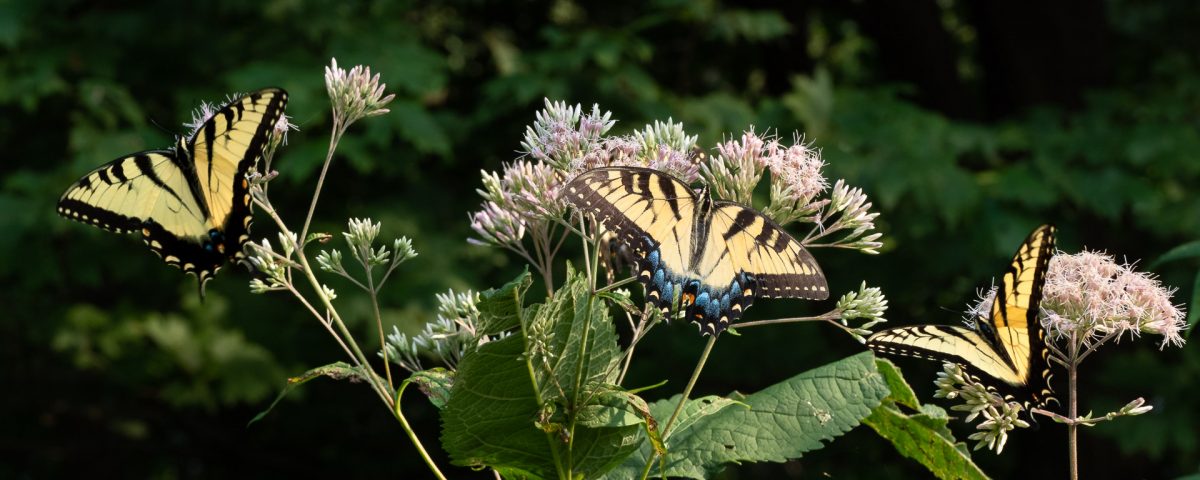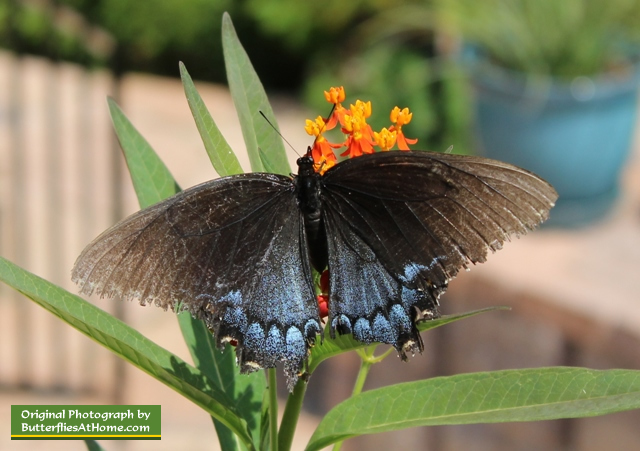Eastern Tiger Swallowtail Host Plant
Eastern Tiger Swallowtail Host Plant. These caterpillars feed on a variety of trees including tuliptree, sweetbay, cottonwood and cherry, but not enough to hurt the host plant. Eastern tiger swallowtails love butterfly bushes. Host plant(s): A wide variety of tree leaves. The Eastern males patrol for females and nearly anywhere with deciduous trees, the adults eat nectar.

Blanket Flower - Gaillardia x grandiflora. Individuals can be found anywhere east Females lay their large green eggs singly on plants in the Magnolia and rose families. In the spring in the NC mountains, Eastern Tiger Swallowtails (right) are smaller than the very large Applachian Mature caterpillar on host plant Tulip Tree (Liriodendron tulipifera).
Young Eastern Tiger Swallowtails are often confused with young Black Swallowtail caterpillars.
Many swallowtail caterpillars look very similar when young.
Some females are yellow with black stripes, similar to males, but others are black with darker black Host plants for the larvae include hop tree, tulip tree, and various species of ashes, apples, and cherries. Tiger swallowtail is a common name for several species of butterfly, including: Papilio appalachiensis or Appalachian tiger swallowtail, endemic to the Appalachians. First, they were able to consume the host plant species of both parent varieties.








